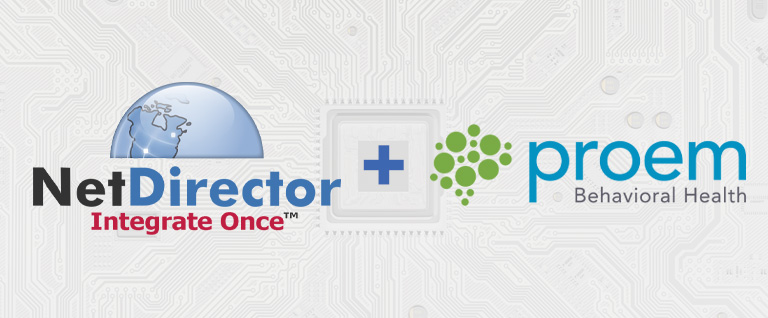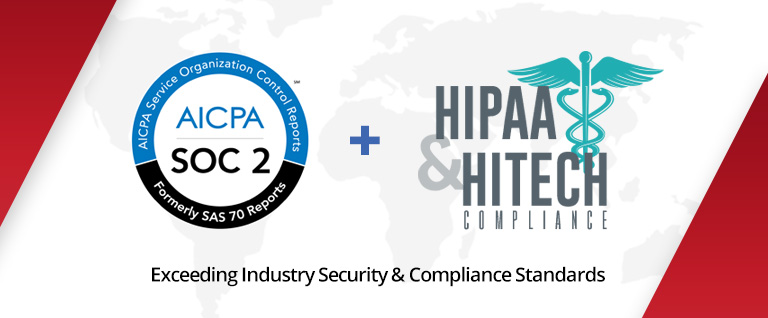If technology’s not working well or as expected at a U.S. hospital or health system, the chief information officer (CIO) is the first to hear about it. CIOs and their staff respond to front-line issues but also take on continuous challenges from top-level administrators regarding strategic issues impacted by IT.
NetDirector surveyed the health IT landscape and compiled representative questions being fired at CIOs in executive suites across the country. Our list isn’t meant to be all-inclusive, but highlights industry experts’ approaches to some of healthcare’s most troublesome challenges.
We’re still hearing complaints about the EHR. What can we do to get more out the system?
Many EHR implementations were fast-tracked in an effort to meet federal meaningful use requirements, but they typically restricted providers from achieving a clear return on investment, emphasizes a 2017 KPMG report. What’s needed is an organized plan to move forward. KPMG advocates a long-term approach that seeks incremental process changes to improve efficiency and quality. Without such change, “the EHR operates in a silo and doesn’t align with the way clinicians practice medicine or with new industry demands, which creates dissatisfaction and underutilized technology,” the report warns.
Healthcare CIOs agree with placing priority on EHRs, with 38 percent planning to allocate the majority of capital investment over the next three years to EHR system optimization and implementation of additional features. That projected budget distribution outpaces plans for investment in accountable care/population health technology; consumer, clinical and operational analytics; telehealth technology enhancements; revenue cycle system replacement and ERP systems replacement.
We just bought a new server. What are we actually getting from our data center besides hardware to be amortized?
Healthcare administrators are questioning their organization’s readiness to transition to cloud computing. Going all-in on a move to the cloud should yield IT cost savings of about 30 percent, according to Oracle CEO Mark Hurd. IT departments unchained from the constant distractions of support, upgrades and patches can refocus efforts on new development in areas that deliver competitive and financial advantages. “Innovation actually accelerates,” said Hurd, “and that happens simultaneous to the reduced cost and other benefits.”
For example, Beth Israel Deaconess Medical Center in Boston expects the use of cloud services in 2017 to bring about “high reliability, robust geographically distributed disaster recovery, security best practices, lower cost and enhanced scalability.”
How are we streamlining interactions with care partners in the community? We can’t be a player in value-based care without them.
IT consulting firm Gartner predicts that building a digital ecosystem will be a top CIO priority throughout 2017 and beyond. The ecosystem refers to related entities sharing digital platforms in pursuit of mutually beneficial goals (i.e., in healthcare, improving patient outcomes at lower cost). “A combination of core and evolving digital technologies enhances interoperability among digital ecosystem partners and supports participation,” advises Gartner.
We just heard about another ransomware attack on a medical group last month. What are we doing to make sure this doesn’t happen to us?
The referenced attack exposed to hackers protected health information on nearly 18,000 patients. In response, the medical group worked with an IT firm to remove the ransomware virus from two servers that had been infected, installed a firewall, and set up a secure email system. A risk analysis of the group’s IT system has also been scheduled.
IDC FutureScape forecasts a doubling of healthcare ransomware attacks by 2018, prompting IT departments to take a more proactive stance. “Six years ago, we had two people involved in IT security. Today we have 50,” observes Marc Probst, CIO of Intermountain Healthcare in Salt Lake City. “We’re a soft target compared to financial services or some of these other organizations, but we’re trying to stay on top of it.”
Why can’t the IT staff handle what’s on our plate?
Staffing firm Manpower reports employers are having trouble filling IT positions due to lack of technical proficiency, experience and soft skills. Among the hardest areas to permanently staff up are information security and big data. CIOs may have to look beyond traditional HR channels to the “gig economy,” independently contracting with IT talent on an as-needed basis.
Relieving IT stress
NetDirector’s HealthData Exchange opens up opportunities to address many of the IT issues keeping CIOs awake at night. For instance, the platform integrates clinical and financial data among disparate systems, enabling greater interoperability of core EHR systems with other partners in the organization’s care ecosystem. The cloud-based solution also eliminates the need for hardware and software on premise and locks down data in a secure environment. And integration with NetDirector reduces IT resources needed for day-to-day operations, freeing up your tech team for strategic initiatives such as population health or data analytics.
For more information, please contact us or request a free demo.




